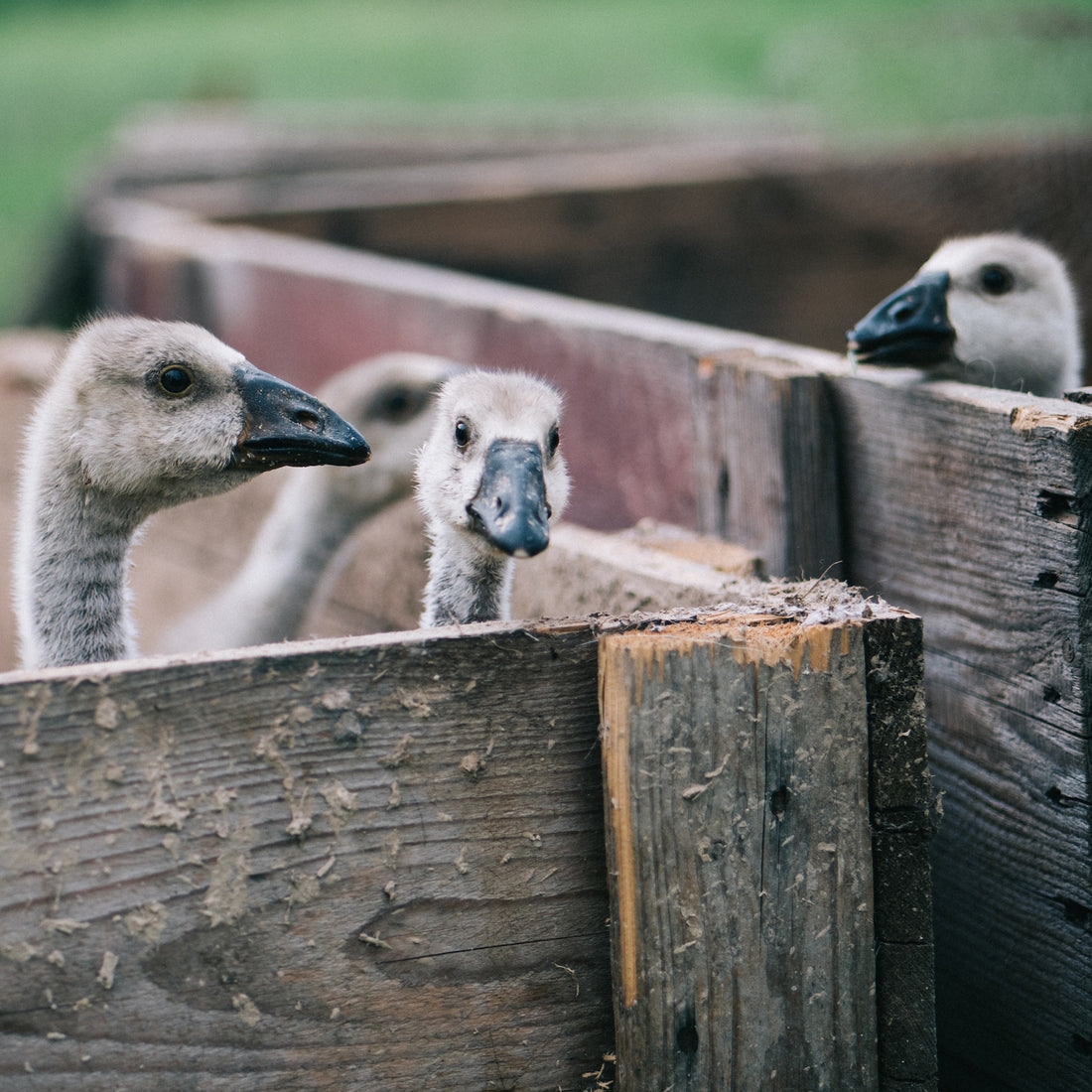
The hidden truth behind your warm, cozy feather-down comforters (and how to avoid animal cruelty while buying for winters)
Here are some facts about birds we don’t normally think too much about:
- The life span of a goose is twenty years. If given the freedom to, geese mate for life and spend their lives in small family units.
- Roosters are hardy little fellas who can live up to ten to fifteen years in their natural farm habitat.
- The difference between the lifespans of ostriches raised on a ranch and those in the wild is that of thirty-forty years. Wild ostriches can live to be seventy years old.
Now, here are the same facts from another angle:
- Geese can live up to twenty years but are killed at two years or age, because they are farmed for their meat, foie gras, feather and down.
- The beautiful plumage that a rooster acquires at maturation is the reason it is killed at one year of age, instead of living to be fifteen.
- Even if raised on a ranch, the lives of ostriches are shortened by at least thirty years because they are killed for their feather and meat at the cusp of adulthood.
Makes you think, doesn’t it? It is fascinating and often deeply saddening to see what man has done to alter the lives of animals to suit the artificial needs (read: wants) of mankind.
Today, I want to tell you about something you may have already known on some level but forgotten about owing to the misleading or minimal information available on the subject – how the feather and down filling industries commit mass acts of animal cruelty and what you can do to no longer be part of it.
Most of us have seen the use of feathers in everyday items – cat toys (which, I admit, I too have bought gleefully for my cats), feather dusters for homes, accessories in hair extensions, sporting equipment, decorative items, and of course clothing embellishments and accessories.
Down feather, however, may not be as easy to identify, but there is a high chance you have used it too. Down filling is an exceptionally light filament growth on a quill point which attains a three-dimensional insulation due to its structure. It’s light so it is used to make a multitude of bedding items but more recently, has also been incorporated into making lightweight outdoor jackets, high-altitude winter gear and trekking-friendly sleep gear. As a general principle, if something is guaranteed to be extra warm and is not fleece, it’s filled with down.
What you might not see in ads for such products is the source of these specific fillings. Collected from waterfowl such as ducks, geese, swans and sadly, even ostriches, roosters and peacocks. Feather and down typically do not come with detailed source information or ‘raw material’ statistics, conveniently covering up the facts of cruelty that are used and need to produce this entire product range.
For years, the demand and advertisements for feather- and down-filled consumer goods have bolstered the manufacturing of the various products in this category, ensuring that the foundation of this industry continued to grow stronger and more pervasive. It’s only in the last decade or so that the actual truths about the horrors behind feather and down products have been brought to light by exposés such as the 2009 Swedish documentary Plucked Alive.
Here are some more facts about this awful, unethical and criminally invisible industry [Trigger warning: Animal cruelty; description of animal torture]:
- Feather and down are NOT exclusively obtained with ethical measures. 50-80% of all feather and down in the world comes from live birds.
- Live plucking, the most common method used at feather farms, is equivalent to having your arm, leg or head hair pulled from the root in bunches, while you are alive, alert and screaming in pain. Recorded data about nociceptors (pain receptors) has shown that birds feel pain the same way we do.
- Molting, which is the name given to the process of shaving a bird for its feather but only taking the feathers that are mature and naturally about to give and fall out, is far crueler than it sounds. The simple reason is in the numbers – considering the amount of feather/down the industry ‘produces’, it is impossible to ensure that all feathered birds have maturing down at the same time. Hence, it also results in widespread practice of live plucking.
- It takes the feather of seventy-five birds to fill one comforter.
- At bird farms, apart from bird slaughter, they also die from pain and injury and broken bones from the live plucking and shaving for their plumage.
- Whiting Farms, a prominent name in the field, have no remorse about their cruelty to animals, claiming that they are using an otherwise useless bird (rooster) and creating compost in the process.
If you are starting to see a pattern, you are not alone. No matter what the clothing and consumer goods companies tell you, if there is an animal involved, you can bet your bottom dollar that that animal is exploited, abused and most likely, slaughtered for its by-product.
The bottom line is, we never needed feather- or down-filled products to stay warm. Just like fad diets that don’t translate to practicality, feather-filled items were a copycat move from the people living in remote locations and subsisting with their animals (which also involves using animal products but there are arguments on why this does not qualify as animal-cruelty which we will soon explore in another article). We have had years and years to research and find alternatives to animal-derived warm clothing such as wool and fur, but instead of cultivating greener and kinder alternatives, giant companies such as China Feather and Down Industrial Association have kept us silent and warm by selling us cruelly-obtained down-filled clothing and bedding.
Today, we are at a point in our time on this planet that immediate, all-encompassing and extremely strict action is the only thing that can buy us a little more time. Re-evaluating our demands for animal products, and eliminating them by choosing non-animal-derived and green options is crucial not only from an ethical point of view but also to ensure that the planet gets a fighting chance at restoring its balance that has become awfully lopsided with human intervention.
There is hope…
- Swedish manufacturing giant, IKEA, took a big step to support the ban on the abuse of feathered birds by choosing to take their business away from the China Feather and Down Industrial Association.
- A market is emerging for eco-conscious buyers and manufacturers and an entire industry is now devoted to finding ethical, cruelty-free down alternatives that are viable and affordable.
- Wonderfully innovative ideas like FLWRDWNTM by new age brands such as Pangaia are bringing us naturally-sourced ‘down’ fillings made from wildflowers, which are hypoallergenic, breathable and cruelty-free. Not only that, you can feel good about using one of their jackets because you will be wearing recycled plastic and making a contribution to end the global plastic crisis. Sign up for their product update by clicking on the link above.
- An even more visionary brand Nudown is doing away with material filling altogether and using ‘air’ to reduce waste, cruelty to animals and raw materials.
- The eco-engineering pioneer Polartec, which has been around since 1981, makes fully recyclable and bio-degradable fleece, which is not only a feat in eco-engineering, but also a considerable step toward ending animal cruelty in the field of warm clothing.
Exploring alternatives is easier today. With online shopping and the ever-shrinking marketplaces, there is really no reason nor excuse for us to keep buying products that enlist animal-derived materials and aid in mass animal cruelty. Even buying second hand down and feather products is problematic, since it still is visible and still reminds people that there are such products available. Your use of down- and feather-filled clothing and other products symbolises your acquiescence in the practices of animal cruelty, even if you did not first-hand create the demand for it.
Instead, choose something different, something kinder, something that gives the love back to the green earth that has loved us unconditionally since we began. And, of course, if you get a chance, hug a goose and pet a rooster. It can’t hurt.
 Article Written by Guest Writer Karishma Gaur who likes cats, books and soda pop, but one of these things is not like the other two. She teaches English and writes to earn and then spends it all lavishly sponsoring rescue kittens, shelters and her own coterie of feline munchkins. Her current favourite thing to do is to live green, clean and very lean. (Well, not as lean as she’d like but she picks her battles). You can find her arbitrary collection of thoughts and cat selfies over at gnarlienerd (Instagram) | gnarlynerd.wordpress.com (blog) | @karrietweets (twitter) Read more of Karishma's articles at The OM Collective here >>>
Article Written by Guest Writer Karishma Gaur who likes cats, books and soda pop, but one of these things is not like the other two. She teaches English and writes to earn and then spends it all lavishly sponsoring rescue kittens, shelters and her own coterie of feline munchkins. Her current favourite thing to do is to live green, clean and very lean. (Well, not as lean as she’d like but she picks her battles). You can find her arbitrary collection of thoughts and cat selfies over at gnarlienerd (Instagram) | gnarlynerd.wordpress.com (blog) | @karrietweets (twitter) Read more of Karishma's articles at The OM Collective here >>>

